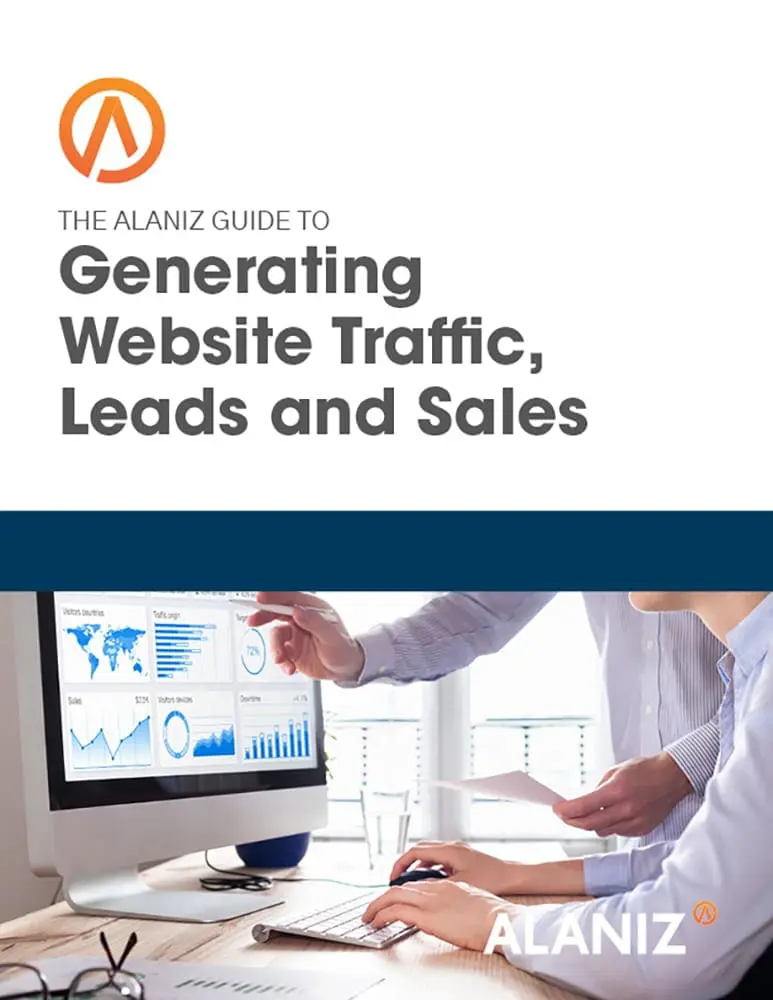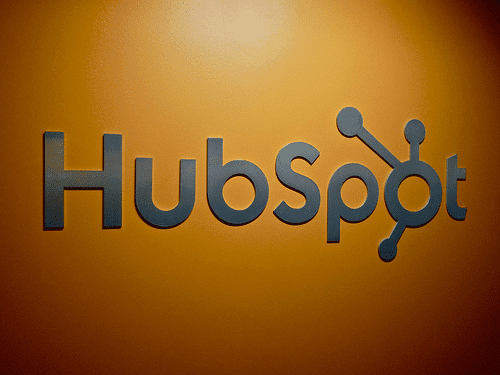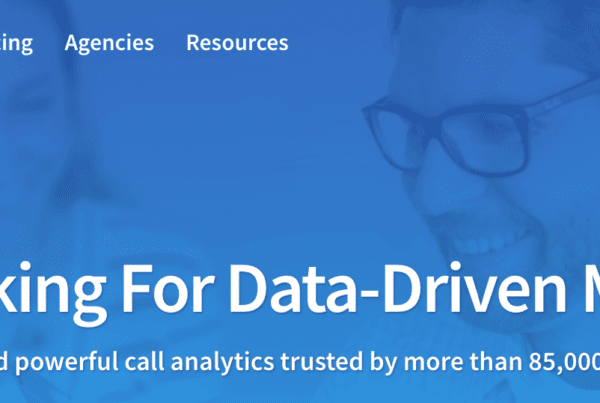This blog post is part of “The Ultimate Guide to Lead Generation” blog series.
Technology for lead generation has come a long way in the past decade. From the early days of contact databases, bulk email and basic websites, we are now able to perform advanced targeting, segmentation, scoring and personalization to attract, convert and close new business in ways that delight rather than hassle prospects.
The goal is to identify and communicate with target audiences as they search for solutions to their business and personal problems. If you’re new to lead generation technology, here is a basic overview of the technology “stack” available to streamline and automate the lead generation process.
At the bottom of the lead generation technology stack sits the information you have collected (or will collect) about your target customers, be they individuals, businesses or both. On top of this, you have various layers of information, management, and tools to communicate with, engage, and monitor customer behavior and interaction.
- Customer Relationship Management (CRM)—This is where you organize your customer information, and into which you import externally generated information that you purchase or generate through other marketing activities. You can use this database to rank leads by qualification status (Contact, Marketing Qualified Lead, Sales Qualified Lead, Customer, etc). You can also segment and score leads as they interact with your company. Segmentation and scoring can be done automatically when contacts visit your website, fill out forms, send and receive emails, attend events, visit a trade show booth, and just about any other point of contact. Examples of CRMs include Salesforce.com, Oracle Netsuite, Base, and HubSpot.
- Content Management System (CMS)—Your CMS is essentially the container for the information on your website. In addition to publishing web pages and blogs, CMSs provide a way to create and organize your online content around your products and services and the keywords your customers use to find stuff you make. Website content attracts contacts to your site with relevant information, and converts contacts to leads with landing pages and content offers, and convert leads to customers with integrated ecommerce. Examples of CMSs include WordPress, Drupal, and HubSpot.
- Marketing Automation—Marketing automation platforms allow you to transform your website into an automated lead generation system by nurturing leads from unknown visitors all the way through the sales funnel until they are known customers. Features vary, but most inbound platforms allow you to create landing pages, forms, thank you pages, follow up emails and offers, score and segment leads, and notify appropriate stakeholders (read: sales) when a lead reaches specified qualification milestones. You can also track how contacts (once they are known) interact on your website and use that information as part of the qualification criteria. Examples are HubSpot, SharpSpring, and Marketo.
- Outbound Marketing—Outbound marketing these days is mostly used to drive traffic to your website and to encourage people to enter the lead generation process set up in your inbound marketing system. These include direct email solutions, ad delivery platforms, social network publishing and monitoring solutions, and other tools to generate leads. Outbound marketing can be divided into two categories: paid and owned. Paid outbound involves advertising, PR and other tools to drive traffic through a third parity. Owned channels include direct email to existing contacts and social network platforms to drive traffic. Email platforms include Constant Contact and Mailchimp; social network monitoring tools include Hootsuite, Sprout Social, and HubSpot; and ad systems include Google Adwords and Facebook ads.
- Customer Management—You’ll want to show customers a different kind of love that lets them know you’re there for them for help and to anticipate what they’re likely to want and need next. Customer Management platforms automate and personalize functions like technical support with tools like chat, case management, customer communications and more. Examples include Zendesk and Freshdesk.
- Analytics–At the top technology stack are analytic platforms that tell you how all of your initiatives are performing. At a basic level, you should be tracking traffic, leads, and sales. But you’ll also want to understand what pages and offers are performing best to better understand what your visitors want, need, and respond to. Depending on the system, you can see what pages people visit, how they found you, what they do when they visit or your site and more. Many individual platforms have their own analytics (email platforms allow you to track opens, and clicks, for example). Examples include Google Analytics, which can be used on any website. HubSpot can also create comprehensive analytics when HubSpot is used as the CMS.
Lead generation today is not about tricking people into buying something they don’t want, but about making it easier to get what they do want and need. Technology enables this by combining customer information with automated tools to allow you to deliver the right offer to the right person at the right time, increasing sales and keeping the funnel full.
This blog post is part of “The Ultimate Guide to Lead Generation” blog series.




